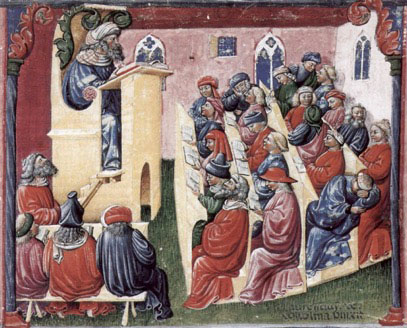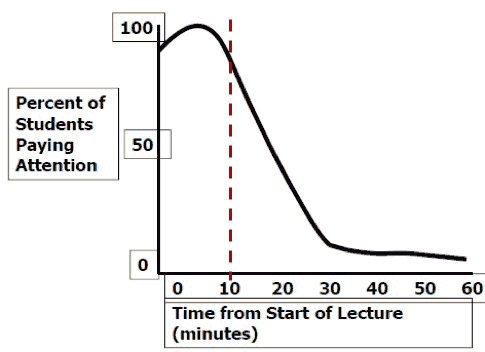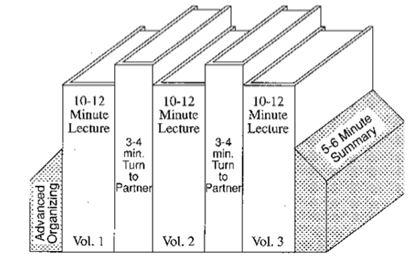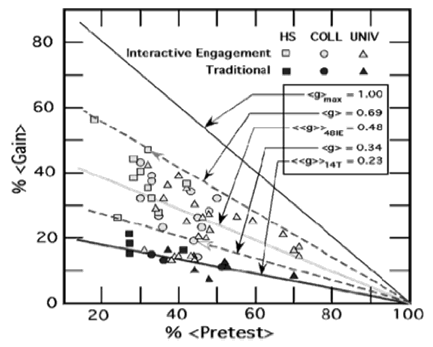Conventional way of lecturing is not effective. It is not a new problem at all:


Reference: James Hartley & Ivor K. Davies (1978) Note‐taking: A critical review, Programmed Learning and Educational Technology,15:3, 207-224
This plot shows No matter how captivating your presentation is, students (at least some) will start to drift away after 10-12 min.
A new format of active learning is to build 2-3 minutes activities after 10-12 minutes of lecturing:

- Any instructional method that engages students in the learning process.
- In practice, in classroom, active learning is students doing anything in class to learn material, other than listening to instructor and taking notes.
- These are well-defined instructional techniques that make teaching more effective.
- One-minute paper
- Clarify lecture notes
- Brainstorm possible applications of class material
- Summarizer big ideas from previous lecturing
- Brainstorm possible answers to problems
- Assign items to different categories
- Debate a seemingly confusing statement
- Discuss an abstract concept
The techniques have been validated by careful, documented, repeatable research. Their effectiveness is not simply a matter of opinion. Active learning works!
| With Pause | Without Pause | |
| Short term recall | 108 correct facts recalled after lecture | 80 correct facts recalled after lecture |
| Long term recall | Average exam score = 84.9 | Average exam score = 76.7 |
Reference: Ruhl, K. L., Hughes, C. A., & Schloss, P. J. (1987). Using the Pause Procedure to Enhance Lecture Recall. Teacher Education and Special Education, 10(1), 14–18.

Reference: Hake, R., “Interactive Engagement vs. Traditional Methods”, Am. J. of Physics. 1998.
Student side
- Student resistance
- Effectiveness
- Class time
- Preparation time
Faculty side
- Dismiss the idea – this will not work, it is a waste of time
- Too much preparation time
- Not enough time left to cover the content